- Grow Your Business with fortune laser!
- Mobile/WhatsApp:+86 13682329165
- jason@fortunelaser.com
Ultimate Guide to Choosing the Right Metal Sheet Fiber Laser Cutter for Your Needs
Table of Contents
- Understanding the Basics: What is a Fiber Laser Cutter and How Does it Work?
- Key Factors to Consider When Choosing a Metal Sheet Fiber Laser Cutter
- Comparing Different Types of Fiber Laser Cutters: Which is Right for You?
- Essential Features to Look for in a High-Quality Fiber Laser Cutter
- Cost vs. Performance: Getting the Best Value for Your Budget
- Maintenance Tips to Ensure Longevity and Efficiency of Your Laser Cutter
- FAQS
- Conclusion
- Related Posts
In the rapidly evolving world of manufacturing, selecting the right equipment is paramount for operational efficiency and product quality. Among the various tools available, the Metal Sheet Fiber Laser Cutter has emerged as a vital asset, with the global laser cutting market projected to reach USD 5.3 billion by 2026, according to industry reports. Founded in 2016, Fortune Laser Technology Co., Ltd., headquartered in Shenzhen, has established itself as a leader in the industrial laser equipment sector, specializing in the integration of R&D, production, sales, and maintenance services. As businesses strive for precision and speed, understanding the factors that influence the selection of a Metal Sheet Fiber Laser Cutter is essential to meet specific production needs and enhance competitive advantage in the marketplace.
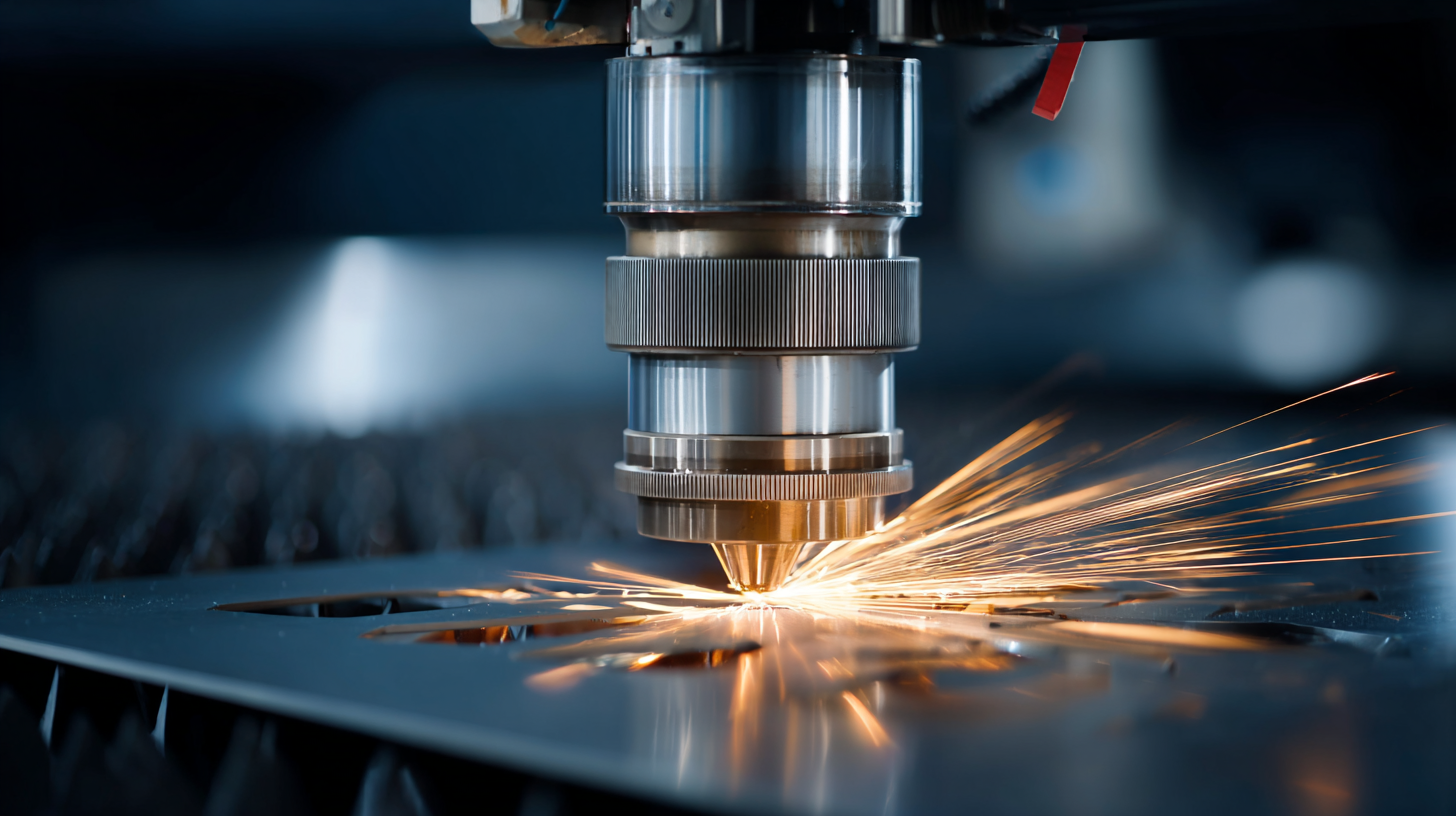
Understanding the Basics: What is a Fiber Laser Cutter and How Does it Work?
A fiber laser cutter is a powerful tool designed for precise cutting of metal sheets using focused laser beams. Unlike traditional laser cutters, which use CO2 lasers, fiber laser cutters employ solid-state fiber lasers that deliver a concentrated beam of light, resulting in enhanced efficiency and speed. The process involves directing the laser beam through optical fibers, allowing for superior control over the cutting process and the ability to work with various types of metals.
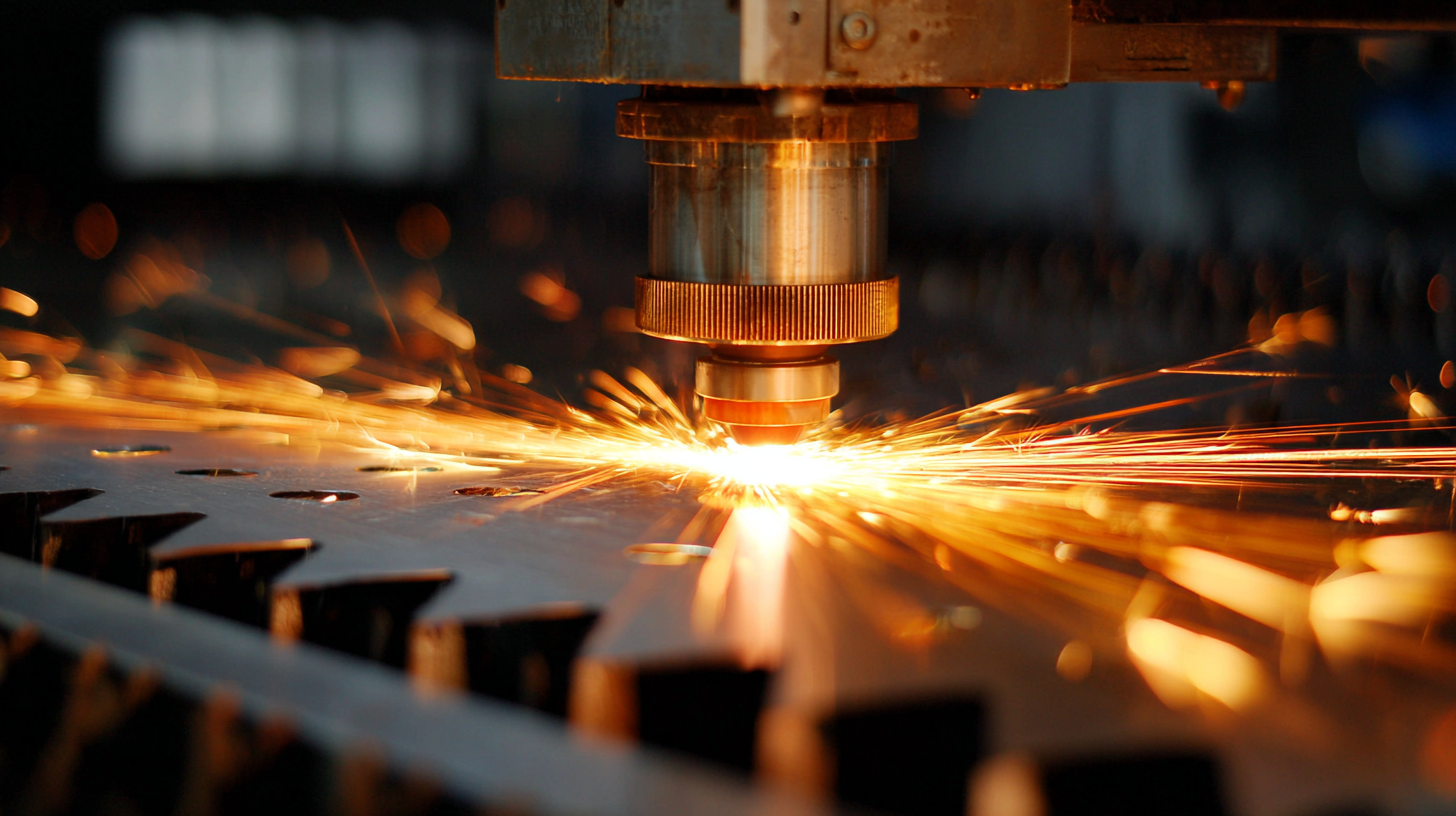
When selecting a fiber laser cutter, consider the thickness of materials you plan to cut. Most machines have specific power ratings that dictate their cutting capabilities. For instance, if you're primarily working with thin metals, a lower wattage machine may suffice. However, for thicker materials, a higher wattage cutter will deliver more effective and efficient results.
Tip 1: Always assess the energy consumption of the laser cutter. Choosing an energy-efficient model not only reduces operational costs but also minimizes your environmental footprint.
Tip 2: Evaluate the software compatibility of the machine. A user-friendly software interface can greatly enhance your productivity and ensure better designs for cutting.
Understanding these elements will help you make an informed decision in choosing the right fiber laser cutter tailored to your needs.
Key Factors to Consider When Choosing a Metal Sheet Fiber Laser Cutter
When selecting a metal sheet fiber laser cutter, understanding the key factors that influence performance and efficiency is crucial. One of the foremost considerations is the machine's wattage. For instance, a 1000W laser cutter typically achieves optimal cutting speeds for thin metals, while higher wattages, ranging from 2000W to 6000W, cater to thicker materials, enabling a cutting rate of approximately 15-25 meters per minute for 10mm steel, as reported by the Industrial Laser Solutions Journal.
Another factor to consider is the cutting area size. Depending on your projects, a large cutting area can accommodate bigger sheets, reducing the need for frequent repositioning. According to a study from Research and Markets, the market for fiber laser cutting machines is expected to grow by 8.5% annually, emphasizing the importance of investing in a machine that fits your specific production needs.
Tips: Always evaluate the type of materials you'll be cutting. Stainless steel, aluminum, and brass each have unique properties that may require different settings or machine capabilities. Additionally, consider the software compatibility that allows for seamless design and cutting process integration to enhance productivity and reduce downtime.
Comparing Different Types of Fiber Laser Cutters: Which is Right for You?
When it comes to selecting the right fiber laser cutter for your needs, understanding the various types available on the market is crucial. Different models cater to specific applications, such as PCB manufacturing or custom engraving. For instance, high-power fiber lasers, such as those offering outputs of up to 20W, have revolutionized the industry by significantly increasing cutting speed and precision, making them ideal for intricate designs often found in electronic components. Reports indicate that the demand for fiber laser cutters in electronics manufacturing has surged, driven by their ability to efficiently produce complex patterns with minimal material waste.
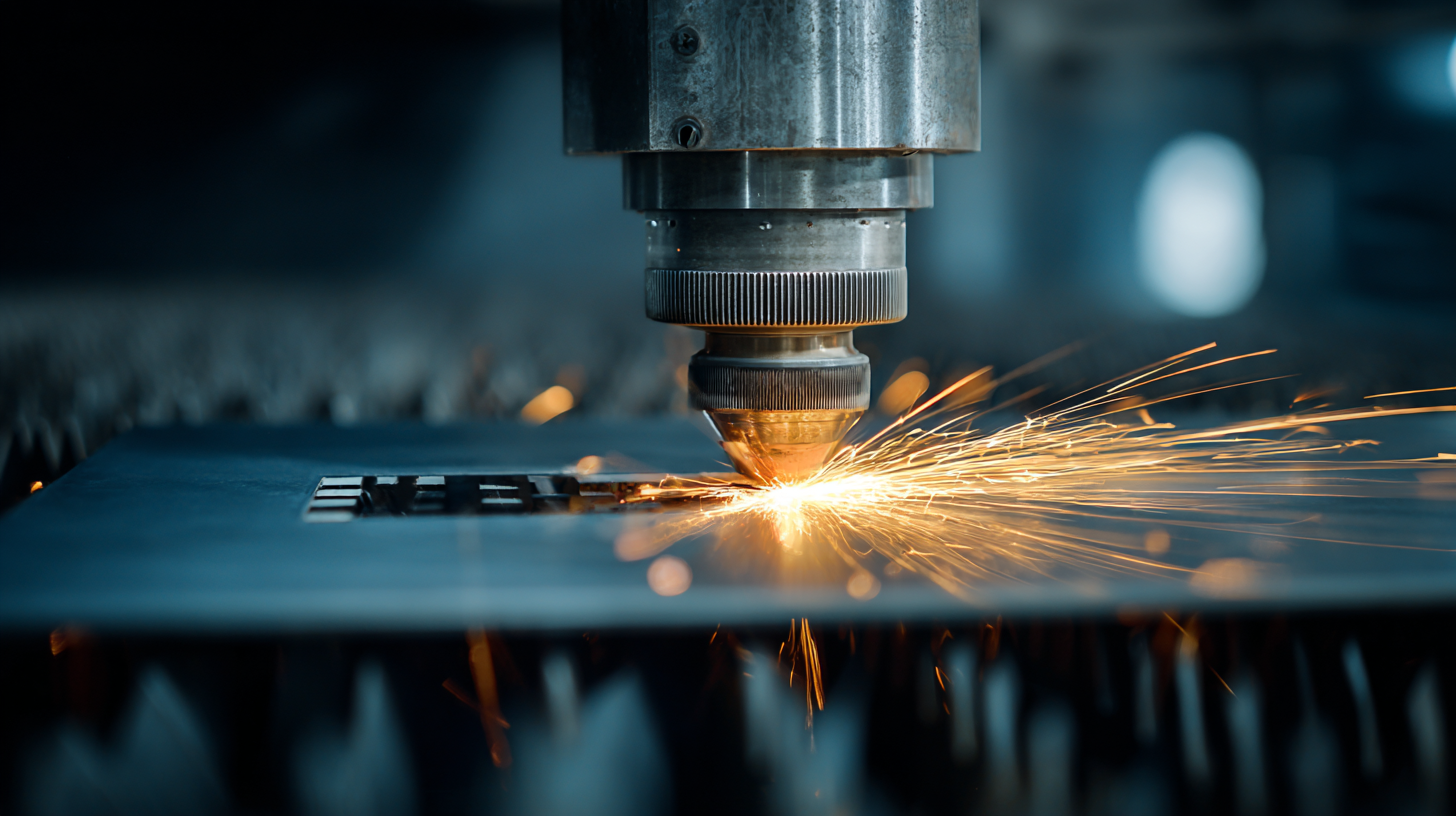
In addition to performance metrics, ease of use and automation features have become key selling points for modern fiber laser cutters. Solutions like compact and user-friendly systems are perfect for small to medium-sized businesses aiming to streamline their engraving operations. This has been especially beneficial in enhancing productivity while keeping operational costs low. As the industry evolves, manufacturers must continue to innovate and adapt their offerings to meet the growing demands of both professional crafters and industrial applications, ensuring that they provide comprehensive solutions tailored to their consumers' specific needs.
Essential Features to Look for in a High-Quality Fiber Laser Cutter
When selecting a high-quality fiber laser cutter, there are essential features that must not be overlooked. One of the most critical aspects is the cutting power, measured in watts. Higher wattage often translates to faster cutting speeds and the ability to cut through thicker materials. Additionally, the precision of the beam and the stability of the machine during operation are factors that significantly impact the quality of the cut. Look for models equipped with advanced optics and motion systems to ensure optimal performance.
Another feature to consider is the software that accompanies the laser cutter. A user-friendly interface can greatly enhance operational efficiency, allowing for quicker design adjustments and smoother workflow integration. Moreover, as the global fiber laser cutter market is projected to grow from USD 2.16 billion in 2025 to USD 3.35 billion by 2034, investing in a quality laser cutter that meets your specific needs is more crucial than ever. As demand increases, ensuring that your cutter is equipped with the latest technologies will help you stay competitive and productive in the dynamic manufacturing landscape.
Cost vs. Performance: Getting the Best Value for Your Budget
When it comes to selecting a metal sheet fiber laser cutter, the balance between cost and performance is crucial for maximizing your budget. According to a report from IBISWorld, the metal fabrication industry has seen a CAGR of 2.7% over the past five years, driven in part by advancements in fiber laser technology. As a result, businesses are now faced with a plethora of options at varying price points and capabilities, making it essential to weigh upfront costs against long-term operational efficiency.
**Tip:** Before making a purchase, consider the overall performance metrics such as cutting speed and material thickness capabilities. High-performance models may have a higher initial price, but they often deliver better results and lower operational costs over time. For instance, a study by Research and Markets indicated that investing in a high-quality fiber laser cutter can reduce production time by up to 30%, leading to significant savings on labor and overhead.
Moreover, be sure to evaluate additional features such as automation and ease of maintenance. A machine that simplifies usage and requires less downtime can enhance productivity significantly. For example, the introduction of smart technology in some fiber laser cutters has been shown to decrease maintenance costs by nearly 20%, according to a market insights report by Gartner.
Cost vs. Performance of Metal Sheet Fiber Laser Cutters
This chart illustrates the cost-performance ratio of different metal sheet fiber laser cutters, highlighting how you can get the best value for your budget.
Maintenance Tips to Ensure Longevity and Efficiency of Your Laser Cutter
Maintaining a metal sheet fiber laser cutter is essential for ensuring its longevity and optimal performance. Regular maintenance not only enhances the efficiency of your machine but also reduces the likelihood of costly repairs. One vital tip is to keep the optics clean and free of contaminants. Dust and residue can accumulate on lenses and mirrors, obstructing the laser beam and compromising cutting quality. Schedule routine inspections and clean these components using appropriate cleaning solutions and soft cloths to prevent buildup.
Another important aspect of maintenance is monitoring the cooling systems. Overheating can lead to significant damage, so it’s crucial to check coolant levels and ensure the cooling system is functioning correctly. Additionally, verify that there are no leaks and that the coolant is free of impurities. Regularly replace filters as recommended by the manufacturer to maintain the system's efficiency.
Lastly, pay attention to the mechanical parts of the laser cutter. Regularly lubricate moving parts and check for wear and tear. Using quality lubricants can help to reduce friction, extending the lifespan of components. Always refer to the manufacturer’s guidelines for specific maintenance schedules to keep your fiber laser cutter running smoothly for years to come.
Ultimate Guide to Choosing the Right Metal Sheet Fiber Laser Cutter for Your Needs - Maintenance Tips to Ensure Longevity and Efficiency of Your Laser Cutter
| Feature | Specification |
|---|---|
| Laser Power | 500W - 4000W |
| Cutting Thickness | Up to 25mm (Steel) |
| Cutting Speed | Up to 30m/min |
| Dimensions | 4000mm x 2000mm |
| Cooling System | Water-cooled |
| Control Software | Compatible with CAD/CAM |
| Maintenance Frequency | Monthly |
| Common Maintenance Tasks | Lens Cleaning, Lubrication, Software Updates |
| Warranty Period | 1-3 Years |
FAQS
: A fiber laser cutter is a tool that uses focused laser beams to precisely cut metal sheets, utilizing solid-state fiber lasers for enhanced efficiency and speed compared to traditional CO2 laser cutters.
When selecting a fiber laser cutter, consider the thickness of the materials you will be cutting and the machine’s power rating. Higher wattage machines are better for thicker materials, while lower wattage may suffice for thinner metals.
It's important to assess the energy consumption of the laser cutter, as choosing an energy-efficient model helps reduce operational costs and lowers your environmental impact.
User-friendly software compatibility can greatly enhance productivity and improve design capabilities for cutting, making it a significant factor in your purchasing decision.
High-power fiber lasers with outputs up to 20W provide increased cutting speed and precision, making them ideal for intricate designs in sectors such as PCB manufacturing and electronics, reducing material waste.
It's crucial to balance cost with performance. While high-performance models may have higher upfront costs, they typically offer better results and reduced operational costs in the long term.
Consider features like automation, ease of maintenance, and smart technology, which can enhance productivity and reduce downtime and maintenance costs.
The increasing demand for fiber laser cutters in electronics manufacturing is driven by their ability to produce complex patterns efficiently, as the metal fabrication industry continues to grow.
Investing in a high-quality fiber laser cutter can reduce production time by up to 30%, leading to significant savings in labor and overhead costs.
Continuous innovation and adaptation by manufacturers are vital to meet the evolving demands of both professional and industrial applications, ensuring comprehensive solutions for consumers.
Conclusion
In the "Ultimate Guide to Choosing the Right Metal Sheet Fiber Laser Cutter for Your Needs," we delve into the essential aspects of fiber laser cutting technology. The guide begins with an overview of how a Metal Sheet Fiber Laser Cutter operates, followed by crucial factors to consider when selecting the right equipment, including power, size, and material compatibility. We compare various fiber laser cutter models to help you identify the most suitable one for your specific applications.
Additionally, the guide highlights key features that ensure high-quality performance, examines the balance between cost and performance for optimal value, and offers maintenance tips to maximize the longevity and efficiency of your laser cutter. As a leading manufacturer in the industrial laser equipment sector, Fortune Laser Technology Co., Ltd. is committed to helping you navigate these considerations to achieve successful laser cutting outcomes.
Related Posts
-

What is a Laser Cutter and How Can it Transform Your Manufacturing Process?
-

Unlocking Efficiency and Precision with the Best Fiber Laser Cutting Machine Benefits to Your Business
-

Craftsmanship Meets Technology: Explore the Finest Mini Laser Cutting Machines from China
-

The Future of Precision Engineering with the Best Laser Cutting Device
-
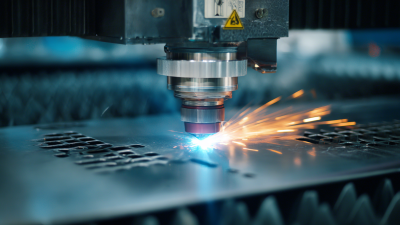
Ultimate Guide to Choosing the Right Laser Cutting Machines for Your Business
-
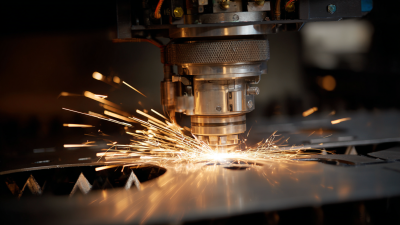
Innovative Solutions for Pipe Fiber Laser Cutting Machine Efficiency
Blog Tags:





